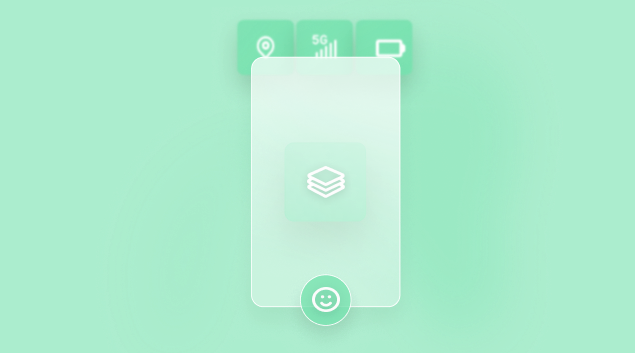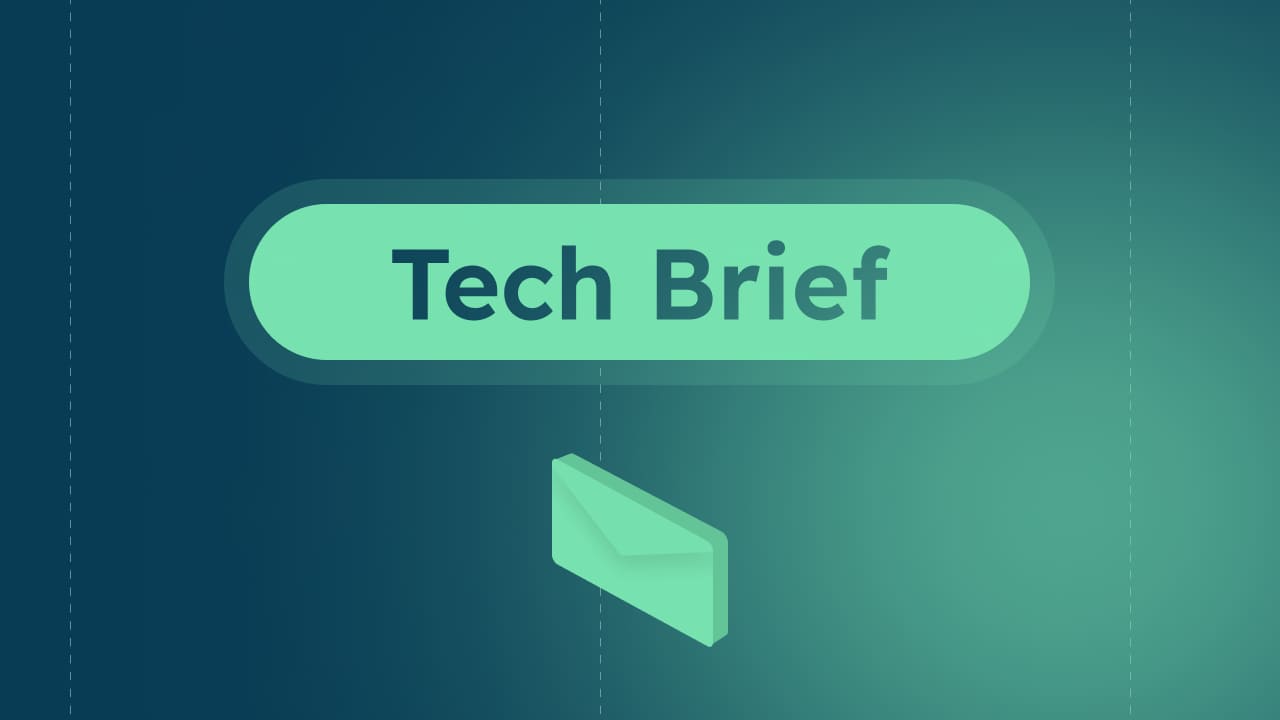The article is intended for car insurance product managers seeking to understand the workings of a beacon, its advantages over traditional connected devices such as OBD or black boxes, and the specific business cases that require to combine a beacon with the mobile telematics app.
Introduction
A new study published by the IoT Insurance Observatory, a leading think tank on insurance innovation, reveals that insurers in the US have been increasingly using smartphone to collect driving data. The figure below shows that all the alternative technologies, from connected boxes to connected vehicles, have experienced a downward trend since 2020.
However, the growth of smartphone telematics in the US market isn't mirrored elsewhere in the world. In Europe, the adoption of smartphone telematics has been slower. Connected car insurance products available in the EU tend to be targeted at very small populations due to insurer's doubts about the reliability of smartphone technology.
However, most of their concerns can be addressed simply by combining a beacon with their mobile telematics application. This article explains how a beacon works, its benefits, and the specific business needs it solves.
What is a beacon?
A beacon is an electronic device that emits a Bluetooth Low Energy (BLE) signal, consisting of a universal unique identifier (UUID), a major and a minor. The signal emits within a range of one to several dozen meters, and follows the iBeacon standard designed by Apple in 2013.
The main benefit of a beacon is that it can be easily detected by any iPhone or Android smartphone. When a mobile application recognizes the beacon's ID, and that an action in response to the detection of this ID has been programmed into its code, the application triggers the action, even if running in the background.
Traditionally, beacons have been combined with shopping applications in order to send contextual notifications based on a customer's location. However, the iBeacon technology has also found its way into the insurance sector. In France, it is used by several insurers who have launched connected insurance products using this technology:
-
Altima/MAIF for a Pay-As-You-Drive program,
-
ROOLE for its complementary insurance,
-
YEET-VTC for its Pay-How-You-Drive program dedicated to ride-hailing drivers.
Vehicle identification and privacy
A mobile telematics application automatically records trips. It doesn't need a beacon to collect driving data. However, insurers sometimes need to identify with a high degree of certainty which vehicle was used for the trip in order to distinguish trips made in the insured vehicle from trips made in other vehicles.
For Pay-As-You-Drive (PAYD) programs, since the premium depends on the distance or the duration of the trip, insurers can combine a beacon with their telematics app to know which vehicle was used for the trip. If the SDK detects a trip without detecting the beacon's signal, it means that the policyholder isn't driving the insured vehicle. Consequently, the SDK won't record the trip and the data won't be transmitted to the insurer to protect the driver's privacy.
Short trip detection
Smartphone telematics is a very powerful technology. However, if the mobile telematics application running in the background doesn’t start recording the trip as soon as the vehicle begins to move, a short trip can be undetected. To avoid missing short trips, insurers can use a beacon. This allows the telematics SDK to start the trip analysis service as soon as it detects the beacon signal.
The combination of a beacon and a telematics app makes the trip analysis service as effective as that offered by telematics boxes and connected cars, while being both more cost-effective and generic.
Streamlined distribution and installation
To identify their vehicle, policyholders must declare the beacon in the mobile telematics application and place the device in the vehicle's glove box. There's no need to mount the beacon on the windscreen, plug it in, or connect it to the OBD port or battery, as with traditional telematics devices. This simplifies the distribution logistics. Insurers simply need to send the beacon to the policyholder. There's no need to pre-configure the beacon, call in a professional to install it or set up a support team to provide assistance.
In addition, the beacon is powered by standard AAA batteries, which are replaceable and have a battery life of 4 to 5 years.
The beacon provides policyholders with a simple, seamless and universal way to experience connected insurance, which is not the case with other technologies that require a direct connection to the vehicle.
Simplified supply and cost
Connected solutions, including telematics boxes, involve retrieving, processing, storing and transmitting information from the vehicle. The data can be transmitted via :
-
a proprietary Bluetooth interface that transmits the data to an application installed on the policyholder's phone,
-
a SIM card, which transmits the data directly to a processing server.
These solutions add complexity to the supply chain and the sourcing.
On the other hand, a beacon is a simple and generic device. It doesn’t transmit any data and has no microcontroller or memory. Its only purpose is to broadcast a signal in order to notify its presence to an app installed on a nearby phone. A device as simple as that is easier to manufacture and less expensive compared to alternative technologies.
Additionally, the sourcing process is simplified as the majority of electronic device manufacturers produce beacons that comply with the iBeacon standard. This reduces costs and secures the supply chain for the insurer.
IT security
As explained above, a beacon doesn’t transmit any data, and doesn’t connect to the policyholder's smartphone. As a result, there are no IT security risks for either the insurer or the policyholder. This is an advantage over traditional telematic devices which transmit information to the smartphone via a proprietary Bluetooth protocol, or to a server via a sim card. Even if the risk is low, it is still possible to intercept and/or falsify the data exchanged by these devices.
Conclusion
While smartphones cover most use cases for connected car insurance, some specific business needs may require a combination of a beacon and the telematics app. The beacon covers all of the issues that insurers may have including vehicle identification and short trip detection. In addition, it is a competitive solution that offer many benefits over traditional telematics devices:
-
low price,
-
reliability and simple design,
-
easy installation by the policyholder,
-
5 years battery life.
Launching a digital and profitable connected insurance product requires optimising data collection while reducing the cost and complexity of the underlying technology. Consequently, there is no other credible alternative to smartphone telematics, with or without beacons, in 2024 and for the years to come.


![[2025 Edition] The Guide to Connected Insurance](https://blog.drivequant.com/hubfs/7-%20%5BEdition%202025%5D%20Le%20Guide%20de%20lAssurance%20Connect%C3%A9e.png)
